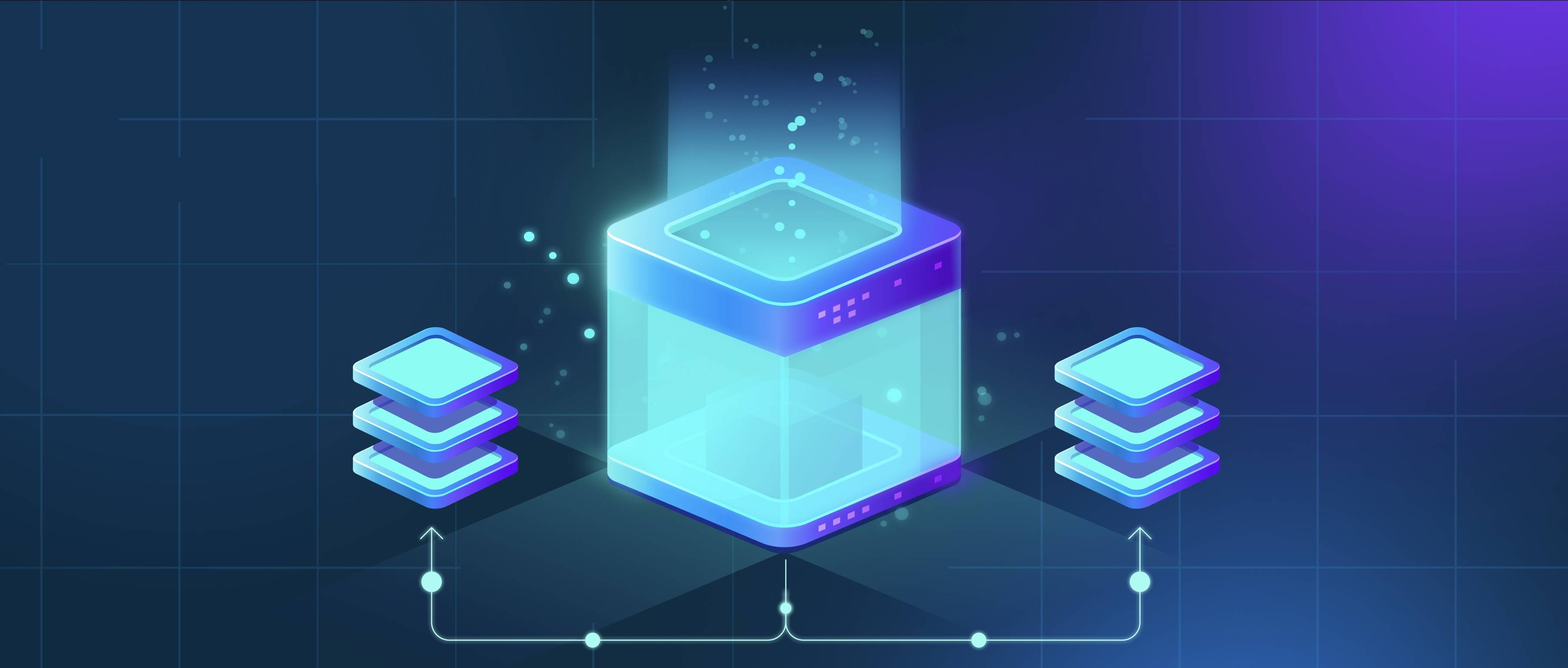AWS infrastructure provides the computational backbone for Amazon BedRock’s managed AI service, enabling scalable, efficient, and secure access to foundation models. The service abstracts the complexity of hardware management while leveraging AWS’s specialized hardware and global infrastructure to deliver performance and reliability. Here’s how it works:
First, AWS’s GPU instances (like P4 or P5) and purpose-built AI chips (Inferentia, Trainium) handle the heavy lifting for model inference and training. For example, Inferentia chips are optimized for low-latency, cost-effective inference, while Trainium accelerates training workloads. BedRock automatically selects the right hardware for each task, whether a user runs a text generation model like Claude or an image model like Stable Diffusion. This ensures consistent performance without requiring developers to configure hardware themselves. AWS’s Nitro System enhances security by isolating workloads and encrypting data during processing.
Second, AWS’s global infrastructure ensures scalability and low-latency access. BedRock uses Availability Zones and edge locations to deploy models closer to users, reducing latency for real-time applications like chatbots. Auto-scaling groups and Elastic Load Balancing dynamically allocate resources during traffic spikes—such as a surge in API requests—without manual intervention. For instance, if a retail customer scales a recommendation model during peak shopping hours, BedRock provisions additional Inferentia instances behind the scenes to maintain response times.
Finally, AWS infrastructure reduces operational overhead. BedRock abstracts maintenance tasks like hardware provisioning, driver updates, or firmware patches. Developers interact solely via APIs, while AWS handles tasks like optimizing model placement across GPU instances or rolling out hardware upgrades. For example, when AWS releases a new Trainium chip generation, BedRock users automatically benefit from faster training times without code changes. This managed approach lets teams focus on building AI features rather than infrastructure tuning, while still leveraging the latest hardware advancements under the hood.
